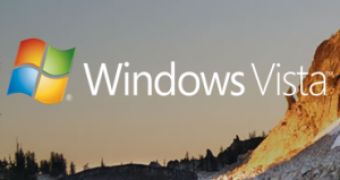Windows Aero is the apex of Microsoft's offerings for graphical user interfaces in Windows Vista, and indeed a clear indication of the efforts the company poured into building a high-end user experience. But the future of the GUI will take Microsoft well beyond transparency and glass effects into new limits of interaction.
Surface computing is in a large sense a technology designed to exemplify the growing need for new models of interaction outside of what is today available via the now classic keyboard and mouse. Display, image processing and object recognition technologies bundled together and with Microsoft's Windows Vista at the core, paint an entirely different picture of user interaction.
Just watch the video at the bottom (courtesy of Long Zheng) in order to get an idea of the future of computing interfaces and interaction. The video fragment featuring Steve Hodges, Manager, Sensors and Devices Group, is a demonstration of a new technology put together by Microsoft Research Cambridge, and only a part of a much larger presentation available here.
Obviously, this is not your average touch screen, and in fact, it does not involve an overlay surface in front of the screen. Instead - as Hodges explains - a collection of electronics was placed behind the display, allowing for sophisticated gestural-touch interaction. Much in the same manner as Microsoft Surface, the technology showcased by Hodges allows for multi-touch points of interaction. But of course not for a $10,000 table top turned into the Redmond Company's first example of surface computing. "We've added a lot of extra sensors behind the display, but at the moment we don't cover the whole area of the display (...) and it is just because this is the first prototype we built, and the next stage is giong to cover the whole display," Hodges promised.

 14 DAY TRIAL //
14 DAY TRIAL //